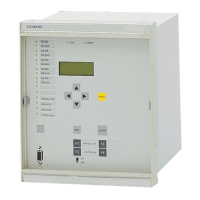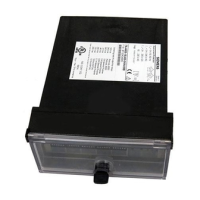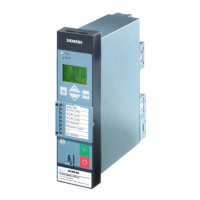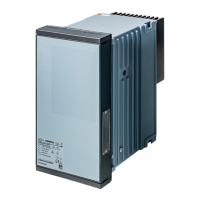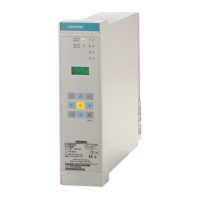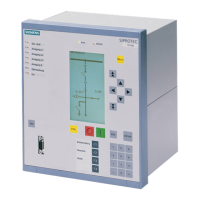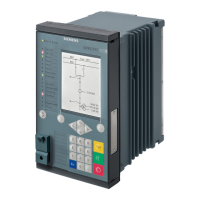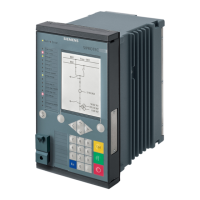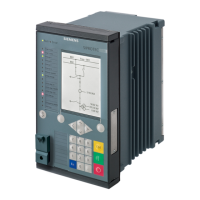End Fault Protection
135
7SS52 V4 Manual
C53000-G1176-C182-1
Tabelle 5-1 Allocation of bus coupler currents to measuring systems
Figure 5-31 Short-circuit in the dead zone of the bus coupler with the circuit breaker closed
5.4.2.2 Circuit Breaker Open
If a short-circuit occurs in the dead zone with open circuit breaker and closed isolators,
the wrong bus zone (BZA) would be tripped without appropriate countermeasures
(Figure 5-32, page 135). The reason for the incorrect tripping is as follows:
∆I
BZA
= I (feed)
BZA
+ I
CP
→ ∆I
SBZA
= I
CP
> 0 ("Fault in BZA")
∆I
BZB
= I (feed)
BZB
+ I
CP
→ ∆I
BZB
= 0 ("No fault in BZB")
Therefore the status of the bus coupler circuit breaker must be considered to prevent
erroneous tripping ">CB OFF" (FNo. 7617/BU) .
With the circuit breaker open, the coupler current for measuring system BZA and for
measuring system BZB is set to zero. As a result, the fault current I
CP
is only detected
and tripped in measuring system BZB. The resulting allocation of the coupler currents
with the circuit breaker open can be seen in Tabelle 5-1, page 135 "after T-BF" (Figure
5-32, page 135).
Figure 5-32 Short-circuit in the dead zone with the circuit breaker open
If the bus coupler comprises two current transformers ("2-bay coupler"), both coupler
currents are set to zero with the CB open (Figure 5-33, page 136).
Meas. system Reaction
BZ A BZ B
Current allocation until
expiry of T-BF
I
CP
, I
1
I
CP
, I
2
BZ A trip
BZ B stable
Current allocation after
delay time T-BF or after
detection of ”CB TRIP”
I
CP
= 0
I
1
=0
(I
CP
= 0)
I
2
BZ A healthy
BZ A trip by
special treatment
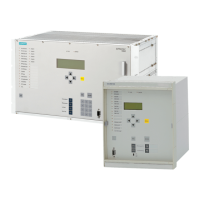
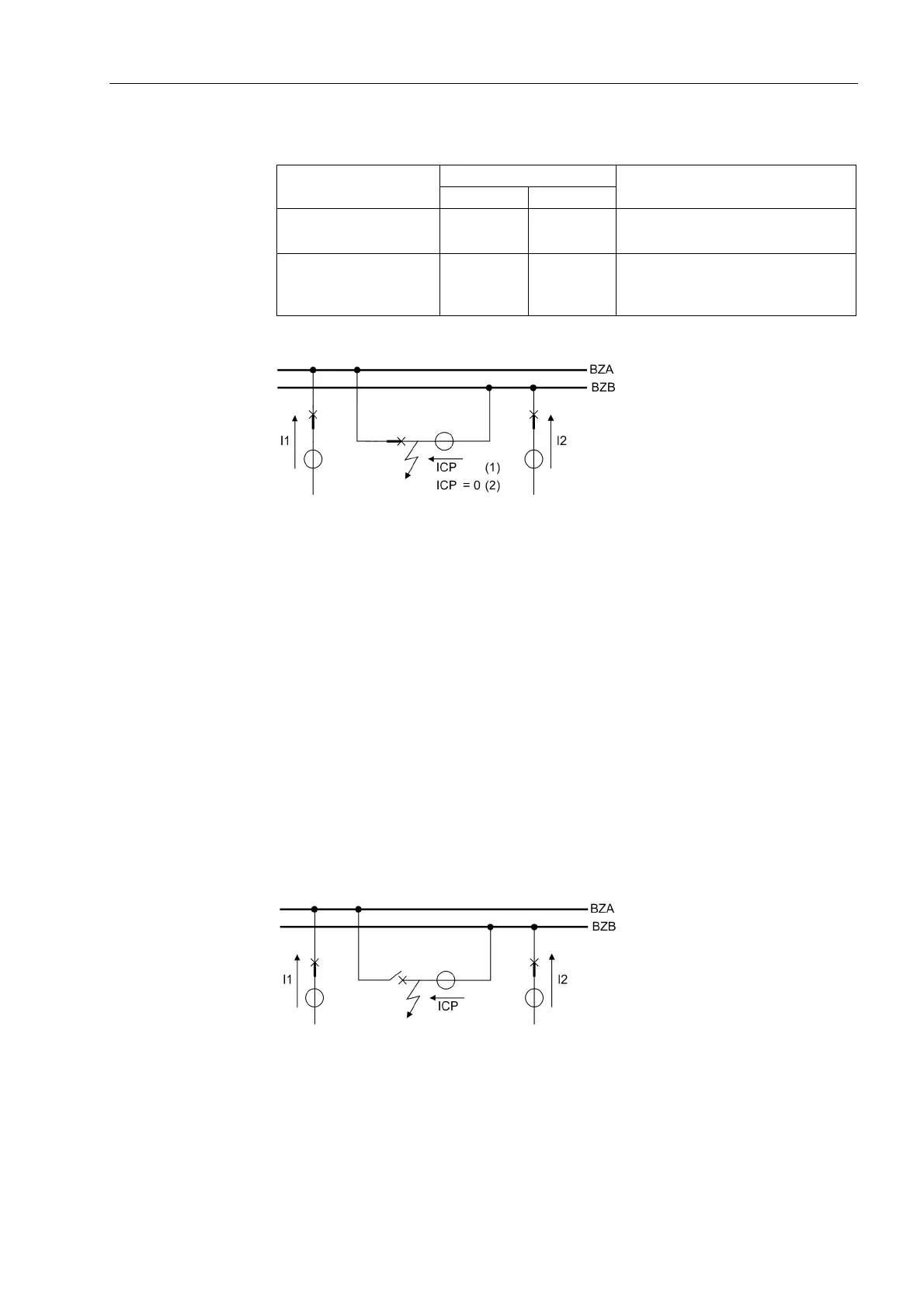